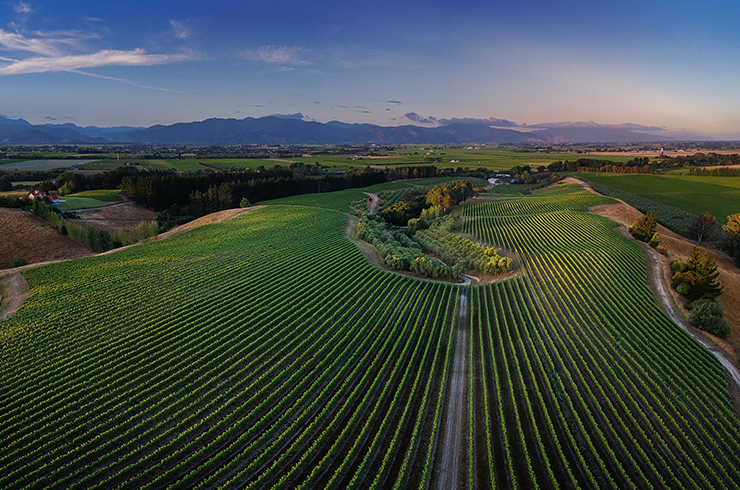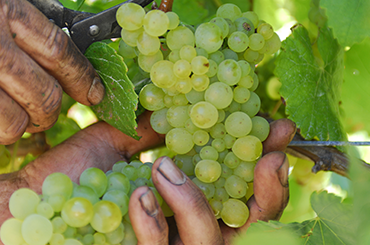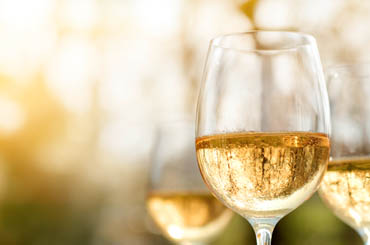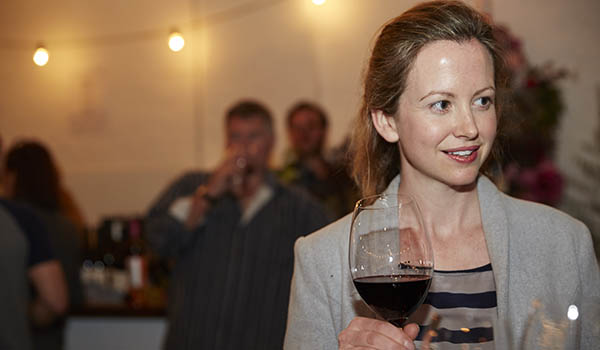
Nina Stocker at In Dreams:
Producer of just two wines, a chardonnay and a pinot noir, this specialist, small-scale winery sources its fruit from the cooler microclimate of the Upper Yarra Valley, with expert winemaker Nina Stocker holding the reins.
Q: Tell us about your approach to chardonnay.
A: Chardonnay is all about balance. Firstly, and most crucially, the vineyards we select are meticulously cared for, and grow fruit with natural balance between the main elements of wine – flavor, sugar, and acidity. Our job is to harness these elements and nurture the fruit through the winemaking process, coaxing out complexity and texture through barrel fermentation and regular lees stirring.
Q: How has the production of chardonnay evolved in the Yarra Valley?
A: Chardonnay, particularly in the Yarra, went through a revolution about 15 years ago – steering far away from the buttery, ripe styles towards fresh, crisp, and searingly austere styles. The style we aim to make sits somewhere in between these two vastly different styles – focusing on balance, vibrancy, and texture.
Wine to try: 2016 In Dreams Chardonnay
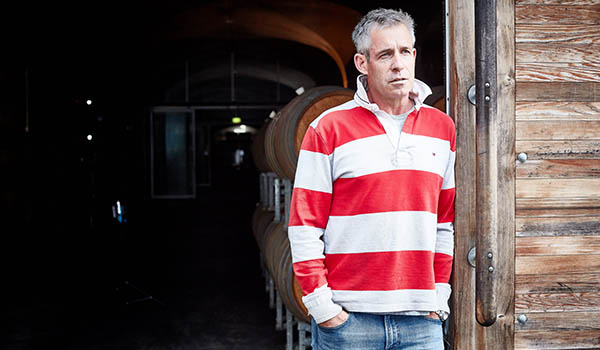
Willy Lunn at Yering Station:
Established in 1838, Yering Station is Victoria's first vineyard and noted by James Halliday as one of the region’s best producers. Such is the winery’s command of the white wine varietal that it counts four different chardonnays within its range.
Q: What makes Yering Station’s chardonnay so special?
A: We pick chardonnay on flavour, and then we treat it very gently. Our chardonnay is hand-picked and whole bunch pressed, then barrel fermented in puncheons and lees stirred. No malolactic fermentation and matured in oak for 11 to 12 months.
Q: What style do you aim to achieve with your chardonnay?
A: Our chardonnay style is predetermined by vineyard site. We always aim to bring the vineyard to the bottle. Fine fruit flavours and natural acidity are typical of our Yarra Valley Chardonnay, with our Reserve offering these characteristics along with hallmarks of elegance, balance and complexity.
Wine to try: 2015 Reserve Yering Station Chardonnay
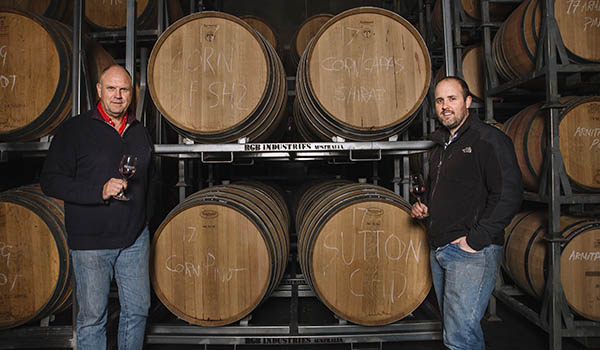
Robin Brockett at Scotchmans Hill:
Scotchmans Hill has made its name on exciting Australian cool-climate maritime wine, with Scotchmans Hill Chardonnay being a particular focus. Winemaker Robin Brockett has been studying and perfecting the terroir for the past 30 years to bring the best out of the vine with minimal intervention and maximum result.
Q: What is it about chardonnay that makes for such a captivating wine?
A: I love the depth and complexity this wine delivers. Barrel fermentation using wild yeasts, wild malolactic fermentation, and lees stirring all contributes richness, which compliments the bright fruit characters we get here.
Q: How does Scotchmans Hill’s chardonnay differ from other producers?
A: Our style is full, rich and complex. It’s the secondary artefacts that make the wine – lees, solids and nutty oak. Our approach is hands off and we let the wine express itself.
Wine to try: 2017 Scotchmans Hill Chardonnay
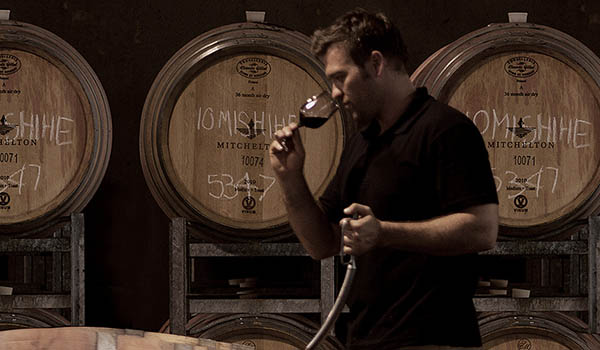
Travis Clydesdale at Mitchelton:
Central Victoria’s wine country has a rich history and is home to some special wines. While the region has long been known as an eminent producer of Rhone Valley varieties, Mitchelton has seen great success with single vineyard chardonnays sourced from its estate, as well as its distinctly cool-climate chardonnay sourced from the Strathbogie Ranges.
Q: What are the key building blocks of a Mitchelton chardonnay?
A: A cool-climate fruit focus with restrained oak influence, lees contact and no malolactic fermentation to provide the framework for elegant and balanced chardonnays that are age-worthy and best represent the variety.
Q: What characters can we expect from Mitchelton chardonnay?
A: Fresher, vibrant citrus and white stone fruit characters. Bright, natural acidity that forms the backbone with subtle layers of flavours and thoughtful winemaking inputs.
Wine to try: 2017 Mitchelton Single Vineyard Chardonnay
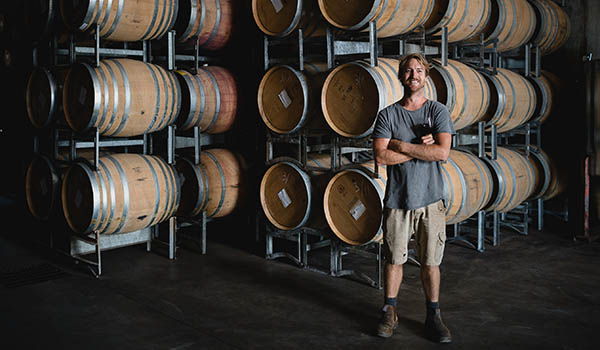
Tyke Wheatley at Windance Estate:
A family owned and operated winery, Windance is located in the northern part of the Margaret River wine region, on the Yallingup Coastal Ridge – an area with a micro-climate that’s drier and warmer than the southern part of the Margaret River wine region.
Q: What’s the breakdown of the Glen Valley Chardonnay?
A: Our Chardonnay is comprised of Gin-Gin, 95, 96, and 76 clonal material, each component adding interest and complexity. We produce our chardonnay with a minimalistic intervention approach, focusing on showcasing fruit purity and origin. Our grapes are hand-picked and whole bunch pressed, undergoing wild fermentation, and we use oak to compliment rather than carry the wine.
Q: What style do you aim to achieve with your chardonnay?
A: We prefer to drink a chardonnay that expresses the vineyard, a wine that isn’t masked by bells and whistles but one that tells a story. Margaret River chardonnay is intense in fruit, power and drive whilst maintaining elegance and class. It's no wonder it is being well received on the world stage.
Wine to try: 2017 Windance Estate Glen Valley Chardonnay

